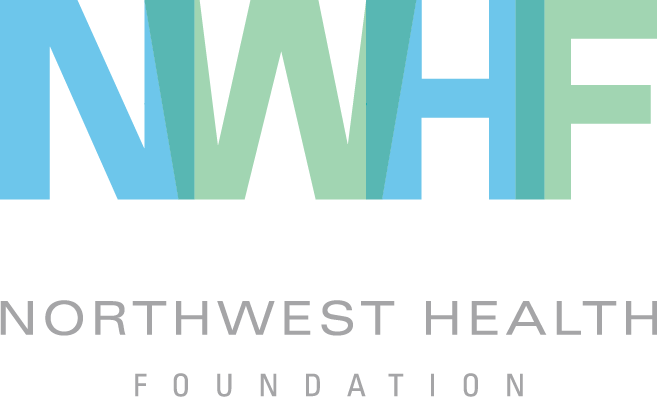The Confederated Tribes of Siletz Indians Asks Their Community to Envision the Future
/Community decisions should be led by community members.
The Confederated Tribes of Siletz Indians (CTSI) wants their growth over the next ten years, their community spaces, their programs and services, to reflect the hopes and dreams of all their tribal members.
Every decade since federal recognition was restored in 1977, the Confederated Tribes of Siletz Indians has created a comprehensive plan. This document guides Siletz tribal government and leadership through decisions they will make over the next ten years. For example, the first 10-year plan led to education programs and services, administrative offices and a community center. The second resulted in a new clinic. The comprehensive plan is a visionary document, and CTSI always invites tribal members to participate in creating it. However, they’ve had trouble engaging more than a few folks – the “usual suspects” – each time.
After community visits to Siletz and conversations with CTSI leaders, Northwest Area Foundation and Northwest Health Foundation agreed to hire a consultant to help CTSI figure out how to engage all their tribal members in creating their next comprehensive plan – 100% of tribal members.
CTSI is working with Indigenous-owned consulting firm Shoreline Consulting. Shoreline Consulting and CTSI staff have recruited several tribal members to join a Community Visioning Team, with an emphasis on members who will be most affected by the comprehensive plan (e.g. youth, mothers with children in the preschool program, members using addiction services, etc.). Shoreline knew they had to build trust and show up where people already were, so they attended Youth Council meetings, a potato bake, Restoration and other community events to meet and talk to tribal members. Now, the Community Visioning Team will help make an engagement plan.
Some of the questions they’ll try to answer: How can we engage the 75-80% of tribal members who live outside Lincoln County? How can we engage the people who are least likely to participate? How can we foster energy and enthusiasm so tribal members are excited to not just inform the 10-year plan, but also become involved in future tribal affairs and endeavors? How can we ensure this plan is a living document?
Shadiin Garcia, Shoreline Consulting
According to consultant Shadiin Garcia, this process and document have the potential to be healing and transformative. CTSI’s comprehensive planning celebrates tribal sovereignty. It also empowers the Siletz community to thrive on their own terms and improves well-being for future generations.
Northwest Health Foundation is honored to play a small part in supporting this work.
Visit ctsi.nsn.us to learn more about the Confederated Tribes of Siletz Indians.



